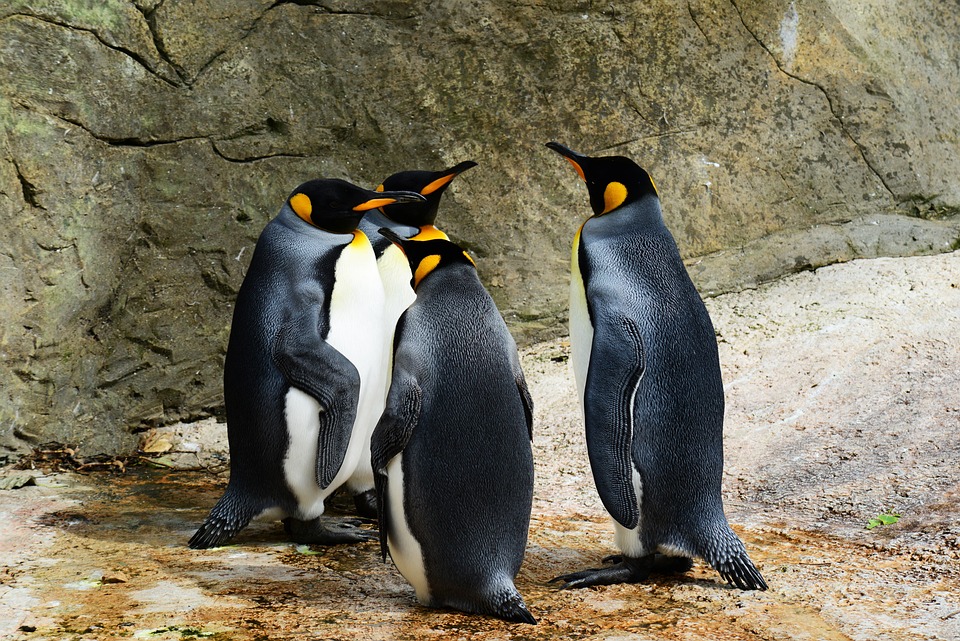Penguins (request Sphenisciformes/sfɪˈnɪsɪfɔːrmiːz/, family Spheniscidae/sfɪˈnɪsɪdiː/) are a gathering of sea-going flightless birds. They live solely in the Southern Hemisphere, with only one animal varieties, the Galápagos penguin, discovered north of the Equator. Exceptionally adjusted for life in the water, penguins have countershaded dull and white plumage and flippers for swimming. Most penguins feed on krill, fish, squid, and different ocean life types while swimming submerged. They spend generally 50% of their lives ashore and the other half in the ocean.
Albeit practically all penguin species are local toward the Southern Hemisphere, they are not discovered distinctly in cool environments, like Antarctica. Indeed, a couple of types of penguins live so far south. A few animal groups are found in the calm zone, however, one animal category, the Galápagos penguin, lives close to the Equator.
(By and large, grown-ups are about 1.1 m (3 ft 7 in) tall and weigh 35 kg (77 lb). The littlest penguin species is the little blue penguin (Eudyptula minor), otherwise called the pixie penguin, which remains around 33 cm (13 in) tall and gauges 1 kg (2.2 lb). Among surviving penguins, bigger penguins occupy colder districts, while more modest penguins are for the most part found in calm or even heat and humidities. Some ancient species accomplished tremendous sizes, becoming as tall or as substantial as a grown-up human. These were not limited to Antarctic areas; actually, subantarctic districts held onto high variety. No less than one goliath penguin happened in a locale around 2,000 km south of the Equator 35, an environment unequivocally hotter than today.
Scientific categorization
Some new sources apply the phylogenetic taxon Spheniscidae to what exactly here is alluded to as Spheniscinae. Moreover, they confine the phylogenetic taxon Sphenisciformes to flightless taxa and build up the phylogenetic taxon Pansphenisciformes as comparable to the Linnean taxon Sphenisciformes, i.e., including any flying basal "proto-penguins" to be found at last. Given that neither the connections of the penguin subfamilies to one another nor the arrangement of the penguins in the avian phylogeny is by and by settled, this is confounding, so the setup Linnean framework is followed here.



Comments
Post a Comment